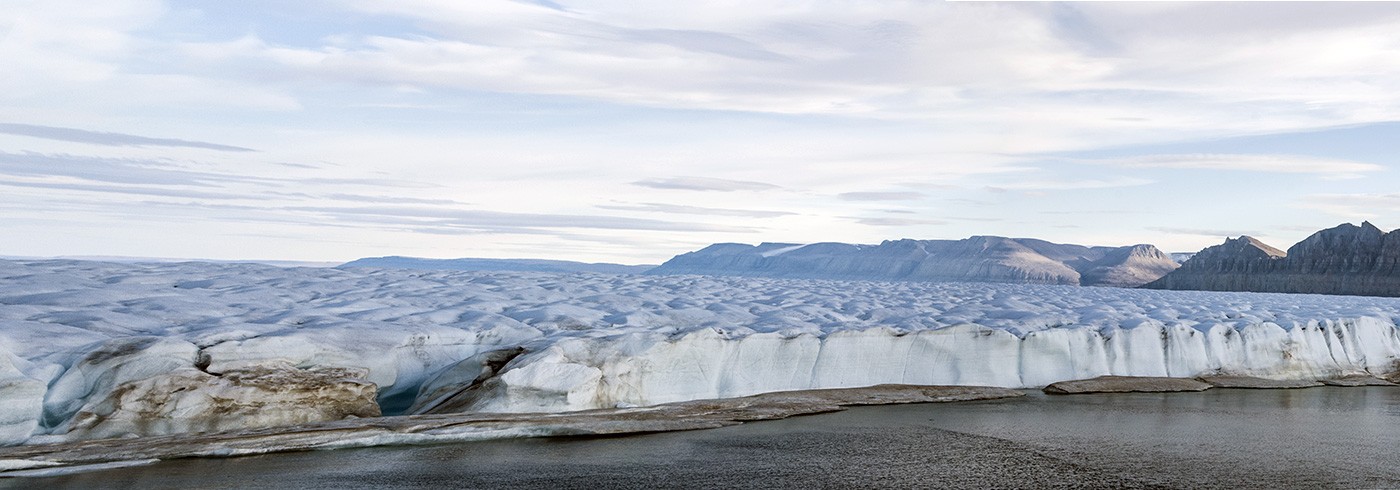Why is Petermann Glacier melting, and should we be worried?
29 July 2015 - 2 September 2015We wonder why Greenland glaciers are currently melting and where their fresh meltwaters go. All this extra freshwater is causing sea-level rise and could disturb the whole ocean circulation of the North Atlantic, which controls the European climate. Locally, this freshwater is responsible for more sea ice, which could be dangerous for ship traffic and offshore platforms and impact fisheries.
Petermann Glacier is interesting because 80 percent of its melting is caused by the ocean rather than by the air. It is also located at the end of the North Atlantic circulation, so changes to Petermann Glacier reflect even stronger changes happening in the Arctic.
To study Petermann we used a CTD. It records Conductivity (salinity) and Temperature with Depth as we move it up and down in the water. By deploying it in Petermann fjord we were able to partly capture the local circulation, notably the warm Atlantic water entering the fjord while meltwater leaves it.
It revealed a more complex circulation and a stronger warming than expected of the waters that melt the ice. We need to go back there to gain a better understanding of the circulation. Monitoring the melting of the glacier is also key to properly assess sea-level rise and build appropriate coastal defences.





